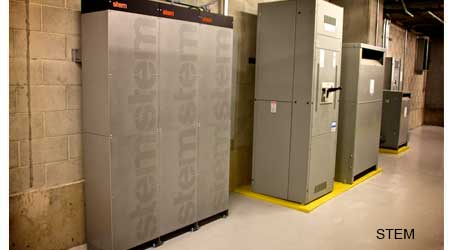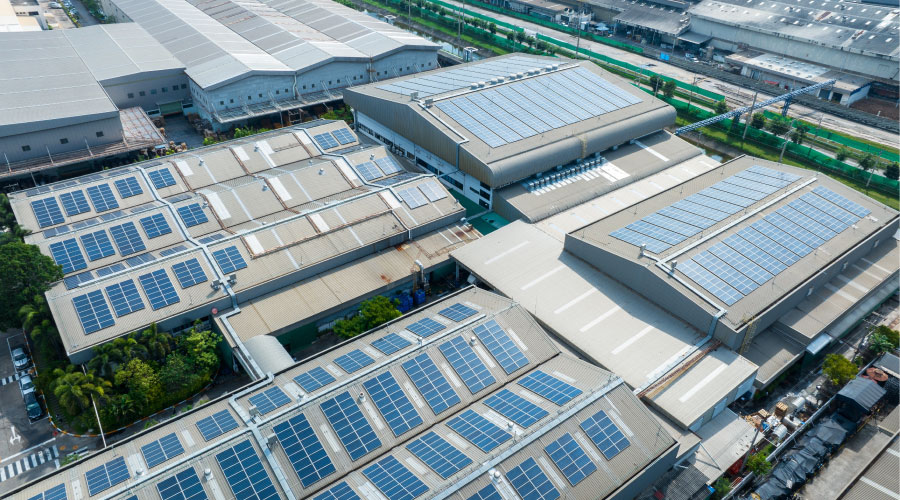Understanding the Revolution in Energy Storage
First part of a 3-part article describing battery-storage technologies, how and why they’re used, and the solar option
Facility managers are no strangers to the concept of energy storage at their facilities. Most any facility of size has a UPS with a bank of lead acid batteries to carry the critical load for the few minutes it takes the generator to kick on. It has been a vital, if humdrum, system. But now there has been a revolution in the world of energy storage, and the commercial market is poised for explosive growth in the adoption of energy storage systems behind the meter. This growth is driven by a variety of factors, such as plummeting hardware costs and skyrocketing demand charges.
The time to take a close look at energy storage systems for commercial applications is clearly now, but facility managers will need to do a bit of research to find the right contractor and solution for their facility.
Types of Energy Storage
In commercial facilities, what’s hot is lithium ion. Sized up from what everyone already has in their cell phones, housed in enclosures around the size of a wardrobe, lithium ion battery systems have capabilities lead acid batteries simply do not. The first advantage is that they can cycle much more than lead acid. A lead acid battery system likes to be fully charged and store that energy for a long period of time. Lithium ion can be charged and discharged once, perhaps even twice, a day, and cycle at that rate for many years. Lithium ion is also more energy-dense than lead acid, allowing for a much smaller package.
Lithium ion technology has been around for years, but recent changes in the market have made it a viable solution for commercial facilities. “Just a few years ago, lead acid was the standard in the energy storage space,” says Arjun Gupta, senior systems design engineer with UGE. “Large-scale production and demand has driven the cost down and opened up the market for lithium ion in this industry.” Lithium ion cell prices have been dropping year over year, especially in the last two years, says Darren Hammell, co-founder and chief strategic officer with Princeton Power Systems. The industry, he adds, sees energy storage on a similar cost curve as solar was at its beginning.
Another battery storage technology that is just starting to move into the commercial market is flow batteries. The technology was developed by NASA in the 1970s. In a flow battery, energy is stored in a liquid electrolyte, and energy is added to or taken from the battery as the liquid literally flows through the cell. Because the liquid is separate from the cell, you can either add more cells to create more power or add more liquid to create more energy, says Tim Hennessy, president of Imergy, which manufactures vanadium flow batteries. With lithium ion technology, you have to add more cells regardless of which parameter you’re trying to increase, which can result in oversizing the system either in terms of power or energy. Also, in the case of vanadium flow batteries, they can cycle endlessly because the electrolyte never wears out, says Hennessy.
The major drawback on flow systems is their size, which currently can be as big as a shipping container, and their weight. And they tend to be expensive, though steps like using vanadium from steel manufacturing waste and designing batteries that don’t need high purity levels can bring down the cost somewhat. Among these three battery technologies, lead acid is still the least expensive option on first cost.
Though batteries dominate the energy storage conversation in commercial facilities, other options have been on the market for years. One of these is thermal storage, such as ice storage systems. In these systems, instead of storing electrons, ice is made overnight to store cooling capacity, and this is deployed during the day, allowing for a cascade of benefits such as smaller-sized chillers and savings on the electric bill.
Related Topics:














